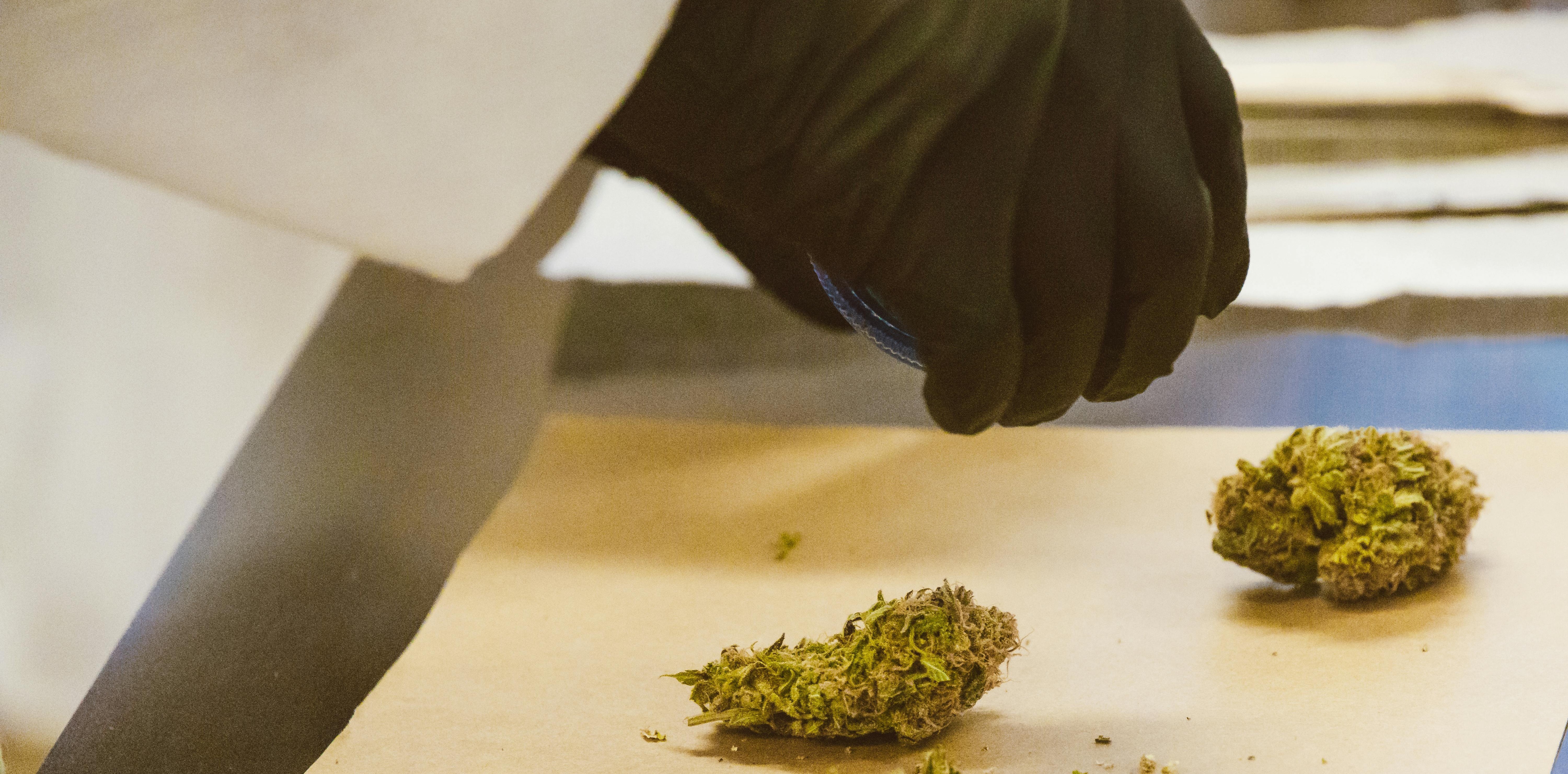

July 25th, 2025
2 min read
By Tom Dassie

As cannabis cultivation becomes more regulated, facilities must meet increasingly strict standards to stay compliant—especially those following Good Manufacturing Practices (GMP). Floors might seem like a small detail, but they play a big role in maintaining a clean, safe, and compliant space.
At CustomCrete, we’ve helped cannabis growers across Chicago and the Midwest design floors that don’t just meet code—they support productivity and long-term durability. From grow rooms to extraction labs, we understand how to match concrete floor systems with the specific needs of GMP-compliant environments.
In this blog, we’ll break down the flooring requirements for GMP compliance and what makes a concrete floor suitable for regulated cannabis production.
GMP is a system that ensures products are consistently produced and controlled according to quality standards. While it’s most common in pharmaceutical and food manufacturing, more cannabis facilities are now required to meet GMP protocols.
Floors in GMP-compliant facilities must be:
Failing to meet these expectations can lead to failed audits, contamination risks, and lost revenue.
Here’s how your concrete floor system can meet or exceed GMP standards:
Cracks and seams in flooring can harbor bacteria, mold, and other contaminants. A GMP-compliant floor should be seamless and non-porous, allowing for thorough sanitization.
Resinous coatings like epoxy and urethane cement are ideal here. When applied correctly, they create a single, sealed surface that resists penetration from liquids or debris.
Cannabis production often involves water, nutrients, cleaning agents, and extraction chemicals. Floors must resist spills without breaking down or staining.
Urethane cement is especially effective in wet environments and resists a wide range of chemicals, including acids, solvents, and disinfectants.
From carts and forklifts to employee foot traffic, your floor needs to hold up under pressure. GMP guidelines require surfaces that are cleanable and damage-resistant.
Concrete floors treated with epoxy or urethane cement provide excellent durability. Reinforced systems can also be customized to handle thermal shock or abrasion in high-use zones.
Lighting plays a big role in facility safety and efficiency. A polished or coated floor with a high reflectivity can improve visibility and energy efficiency.
Color coding or line striping can also be used to mark specific zones—important in GMP facilities for process control, traffic flow, or hazard identification.
Not all floor systems are created equal. Here are a few that align well with GMP goals:
Epoxy coatings offer a smooth, seamless surface that is easy to sanitize. They provide moderate chemical resistance and are cost-effective with customizable colors and textures. However, they must be properly installed to avoid bubbling or peeling.
This option is ideal for wet or chemical-heavy areas. Urethane cement is extremely durable and long-lasting. It resists thermal shock and can withstand high-pressure cleaning. While the upfront cost is higher than epoxy, it requires less maintenance over time.
Polished concrete enhances reflectivity and is dust-proof when densified and sealed. It’s a good option for areas that don’t experience heavy moisture or chemical exposure. However, cracks and joints must still be sealed to prevent microbial growth.
Filling slab joints helps prevent bacteria buildup and minimizes wear from equipment. It also ensures smooth, cleanable transitions between floor sections.
Floors are foundational—literally and figuratively—in your GMP-compliant cannabis facility. The right concrete system doesn’t just keep you in compliance; it makes cleaning easier, supports product safety, and protects your investment.
Need help choosing the right flooring for your GMP-compliant facility? Read our next blog, “Flooring That Supports Cannabis Cultivation: What to Look For”.